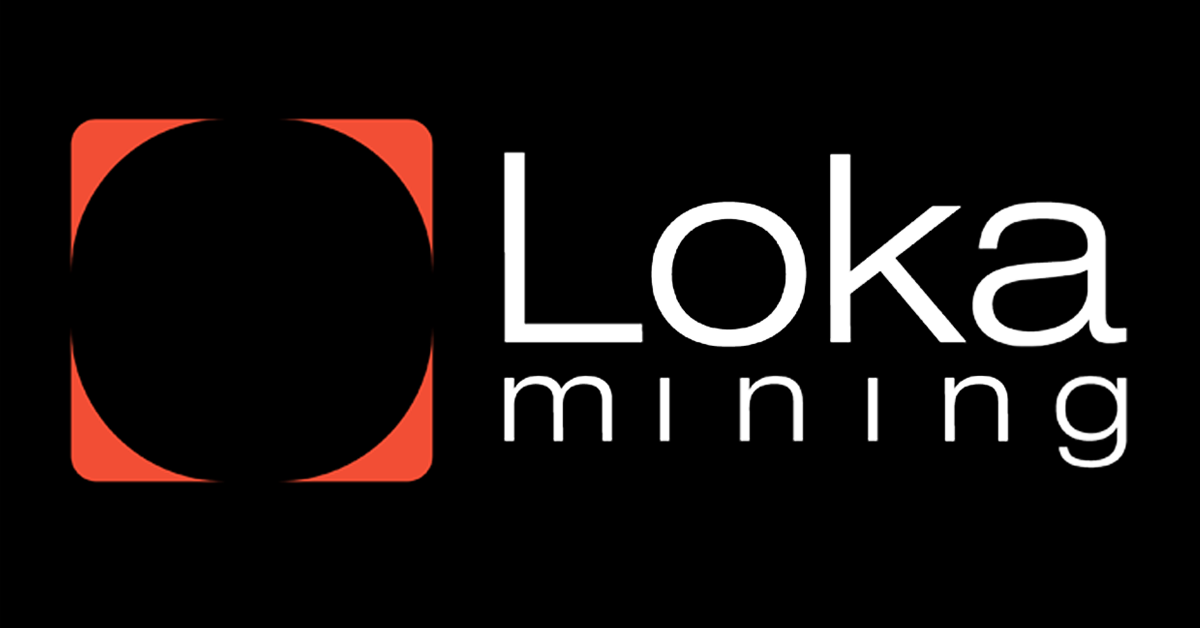What is Blockchain and Its Classification ?

Blockchain is a decentralized, distributed ledger technology that ensures secure, transparent, and tamper-proof record-keeping. It is the backbone of cryptocurrencies like Bitcoin, but its applications extend far beyond digital money. Blockchain's innovative structure and functionalities make it a transformative tool for industries such as finance, healthcare, logistics, and more.
Key Features of Blockchain
- Decentralization:
Unlike traditional databases that are managed by a central authority, blockchain operates on a peer-to-peer network. Each participant (or node) in the network has a copy of the entire blockchain, ensuring no single point of failure. - Distributed Ledger:
Every transaction on the blockchain is recorded and shared across all nodes in the network. This shared nature enhances transparency and trust among participants. - Immutability:
Once a transaction is added to the blockchain, it cannot be altered or deleted. This is achieved through cryptographic hashing, which secures the data and links each block to the previous one. - Transparency:
Public blockchains, such as Bitcoin, allow anyone to view the transaction history. This transparency builds trust and accountability within the system. - Security:
Blockchain uses advanced cryptographic techniques to secure data. The consensus mechanisms, such as Proof of Work (PoW) or Proof of Stake (PoS), ensure that only valid transactions are added to the ledger.
How Does Blockchain Work?
- Transaction Creation:
A user initiates a transaction, which is then broadcast to the blockchain network. - Verification:
The transaction is verified by network nodes through consensus mechanisms. In Bitcoin, this is done via Proof of Work, where miners solve complex mathematical problems to validate the transaction. - Block Formation:
Verified transactions are grouped into a "block," which is then linked to the previous block, forming a chain of blocks. - Consensus:
The network reaches consensus to confirm the validity of the block. Once confirmed, the block is added to the blockchain. - Distribution:
The updated blockchain is distributed to all nodes in the network, ensuring every participant has an up-to-date copy of the ledger.
Applications of Blockchain
While blockchain is most commonly associated with cryptocurrencies, its potential extends far beyond digital currencies:
- Finance: Secure and transparent cross-border payments, smart contracts, and decentralized finance (DeFi).
- Supply Chain: Tracking and verifying goods' movement from origin to destination, ensuring transparency.
- Healthcare: Secure storage and sharing of patient records while maintaining privacy.
- Voting: Building tamper-proof, transparent election systems.
- Real Estate: Simplifying property transactions through tokenization and smart contracts.
Challenges and Limitations
- Scalability: Handling a high volume of transactions remains a challenge for many blockchains.
- Energy Consumption: Mining-intensive blockchains like Bitcoin require substantial energy resources.
- Regulatory Concerns: Governments worldwide are still grappling with how to regulate blockchain applications.
- Complexity: The technology is still new and complex, making adoption slower in some sectors.
Classification of Blockchain
To cater to diverse needs, blockchain technology has evolved into four primary categories:
1. Public Blockchain
Public blockchains are permissionless networks accessible to anyone with an internet connection. They are fully decentralized and rely on consensus mechanisms like Proof of Work (PoW) or Proof of Stake (PoS) to validate transactions.
- Ideal Use Cases: Cryptocurrencies, decentralized applications (DApps).
- Examples: Bitcoin, Ethereum.
- Strengths:
- Full transparency and openness.
- High resistance to censorship.
- Challenges:
- Energy-intensive operations (especially in PoW).
- Slower transaction speeds compared to other types.
2. Private Blockchain
Private blockchains operate within a closed network, managed by a single organization. Participation is restricted, and the managing entity controls who can access, read, or write data.
- Ideal Use Cases: Enterprise applications, supply chain tracking.
- Examples: Hyperledger Fabric, R3 Corda.
- Strengths:
- High efficiency and transaction speed.
- Enhanced privacy and security for sensitive data.
- Challenges:
- Limited decentralization reduces resilience.
- Reliance on a central authority introduces trust concerns.
3. Consortium Blockchain
Also known as federated blockchain, this type is governed by multiple organizations that collaborate to maintain the network. It strikes a balance between decentralization and control.
- Ideal Use Cases: Inter-organizational cooperation, banking systems.
- Examples: Ripple, Energy Web Chain.
- Strengths:
- Scalable and efficient.
- Encourages collaboration among trusted entities.
- Challenges:
- Requires mutual trust among members.
- More complex governance models.
4. Hybrid Blockchain
Hybrid blockchains combine elements of both public and private blockchains. They allow certain data to remain public while keeping sensitive information private.
- Ideal Use Cases: Healthcare systems, real estate platforms.
- Examples: IBM Food Trust, XinFin.
- Strengths:
- Flexibility to suit diverse use cases.
- Enhanced privacy with selective transparency.
- Challenges:
- Complex to design and implement.
- Requires careful access management.
Advanced Comparison of Blockchain Types
| Feature | Public Blockchain | Private Blockchain | Consortium Blockchain | Hybrid Blockchain |
|---|---|---|---|---|
| Access | Open to all | Restricted | Restricted to members | Controlled |
| Transparency | High | Low | Medium | Medium |
| Transaction Speed | Low | High | High | Medium |
| Decentralization | Fully decentralized | Centralized | Partially decentralized | Partially decentralized |
| Use Cases | Cryptocurrency, DApps | Internal business processes | Collaborative ventures | Flexible solutions |
Blockchain Beyond Cryptocurrencies
While blockchain was initially designed for Bitcoin, its potential extends to various industries:
- Supply Chain: Enhancing transparency and tracking goods.
- Healthcare: Securing patient data and enabling interoperability.
- Finance: Streamlining transactions, reducing fraud, and improving cross-border payments.
- Voting Systems: Ensuring transparency and preventing tampering in elections.
Conclusion
Blockchain’s evolution into public, private, consortium, and hybrid models highlights its adaptability for diverse applications. Each type of blockchain brings unique advantages and trade-offs, making it essential to select the right one based on specific requirements. As the technology matures, its impact on innovation, transparency, and trust will continue to grow, shaping the digital future of various industries.
This article presented by Loka Mining.
Loka is revolutionizing the Bitcoin mining ecosystem by directly connecting investors with Bitcoin miners through a decentralized mining pool and an upcoming permissionless forward hashrate marketplace protocol.
Loka enables investors to get Bitcoin at lower than market price without centralized & counter-party risks, and Bitcoin miners to access capital efficient financing and hedge their risk exposure by selling their future mining rewards.
Find out more about loka in https://lokamining.com — or access our mining pool aggregator on https://pool.lokamining.com





